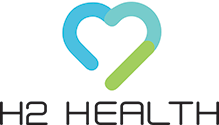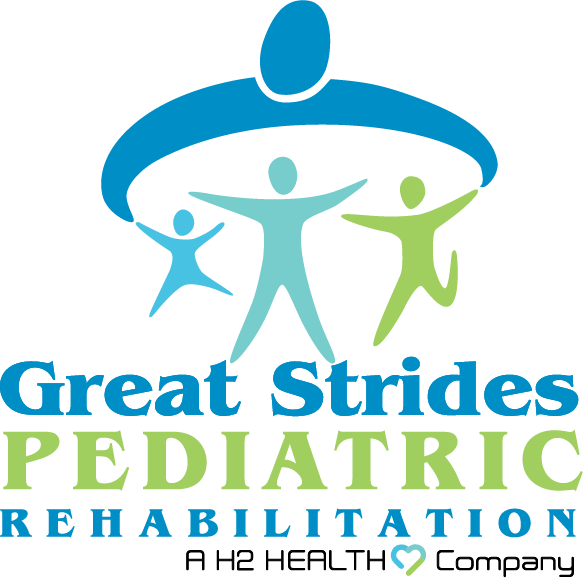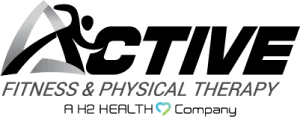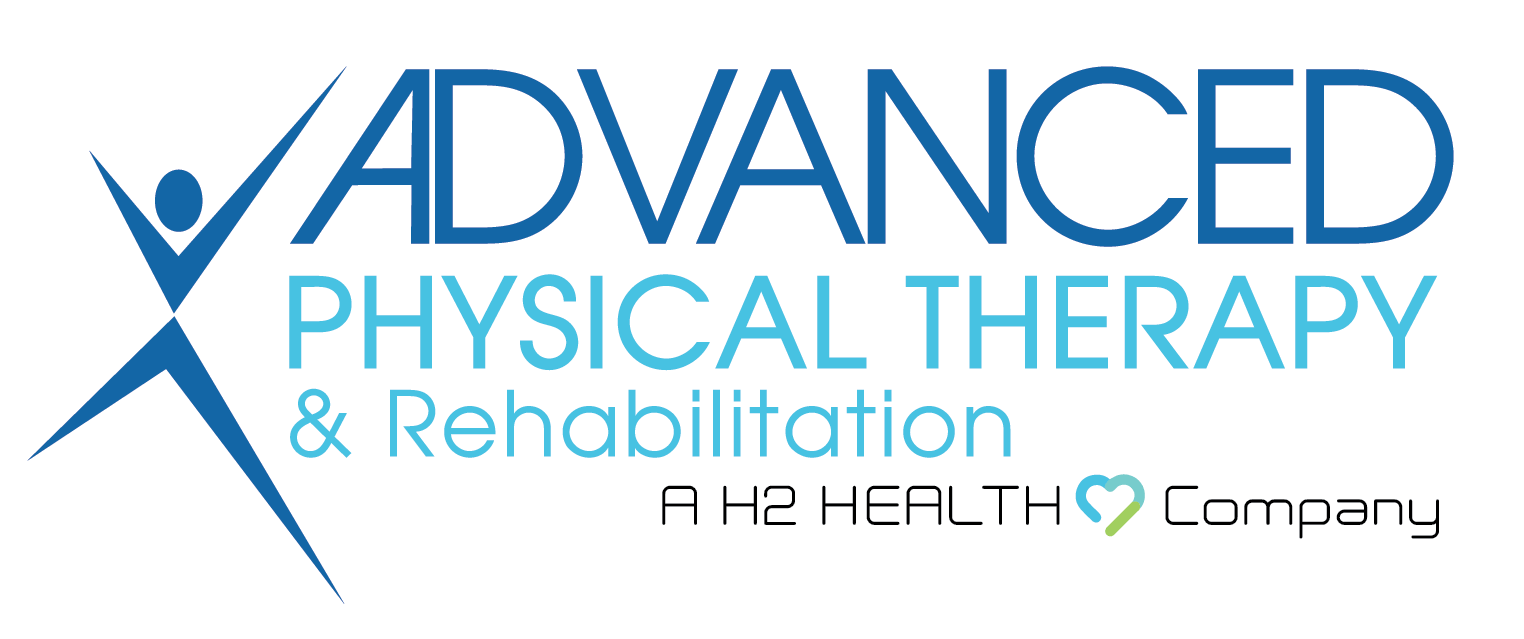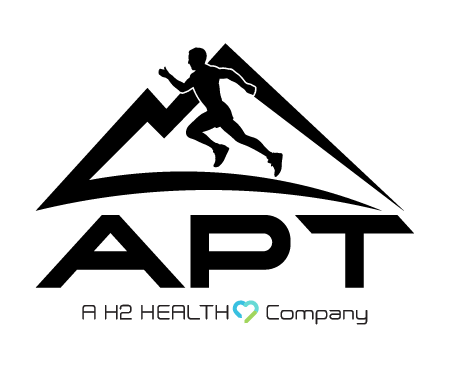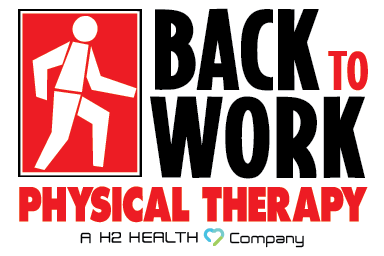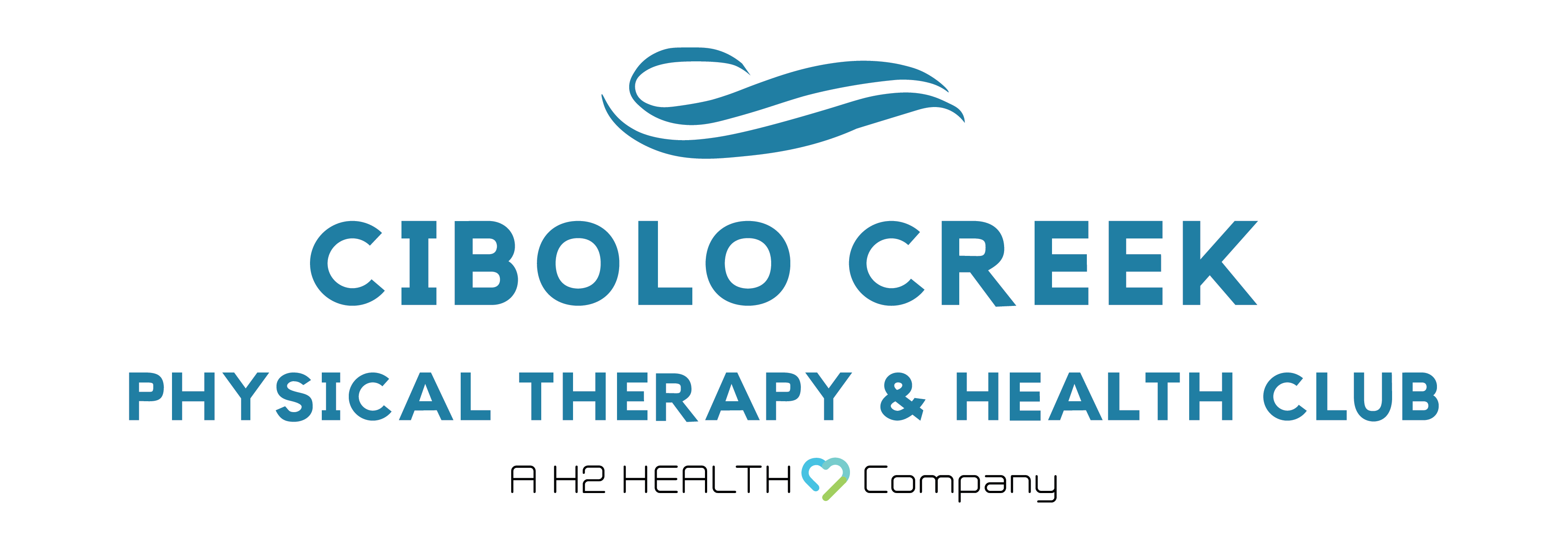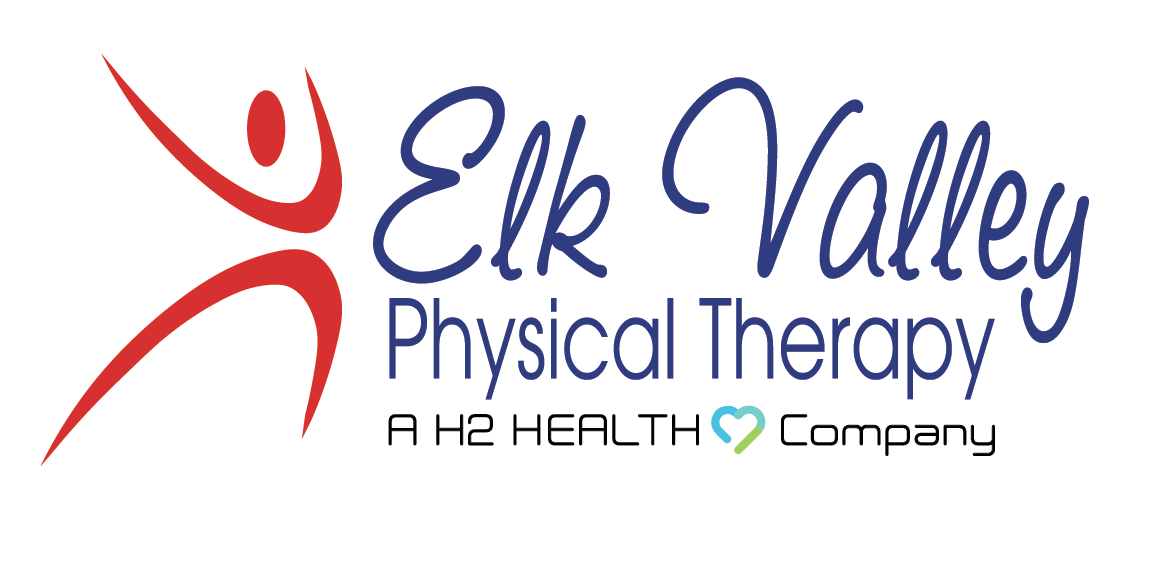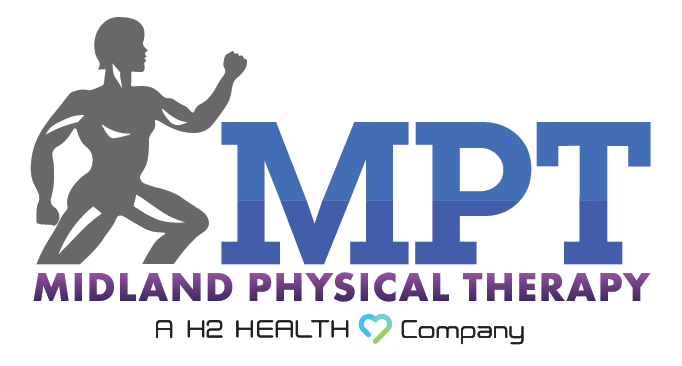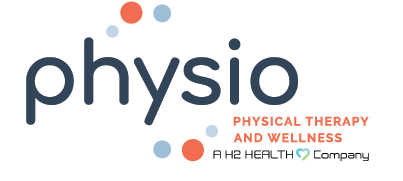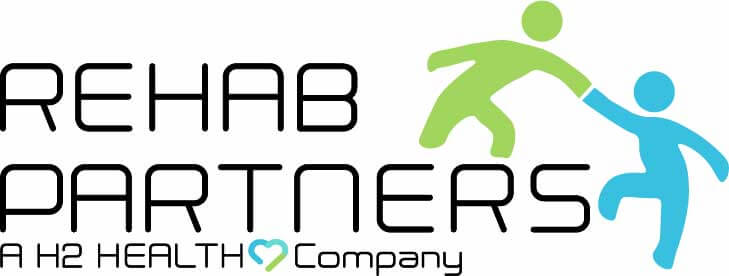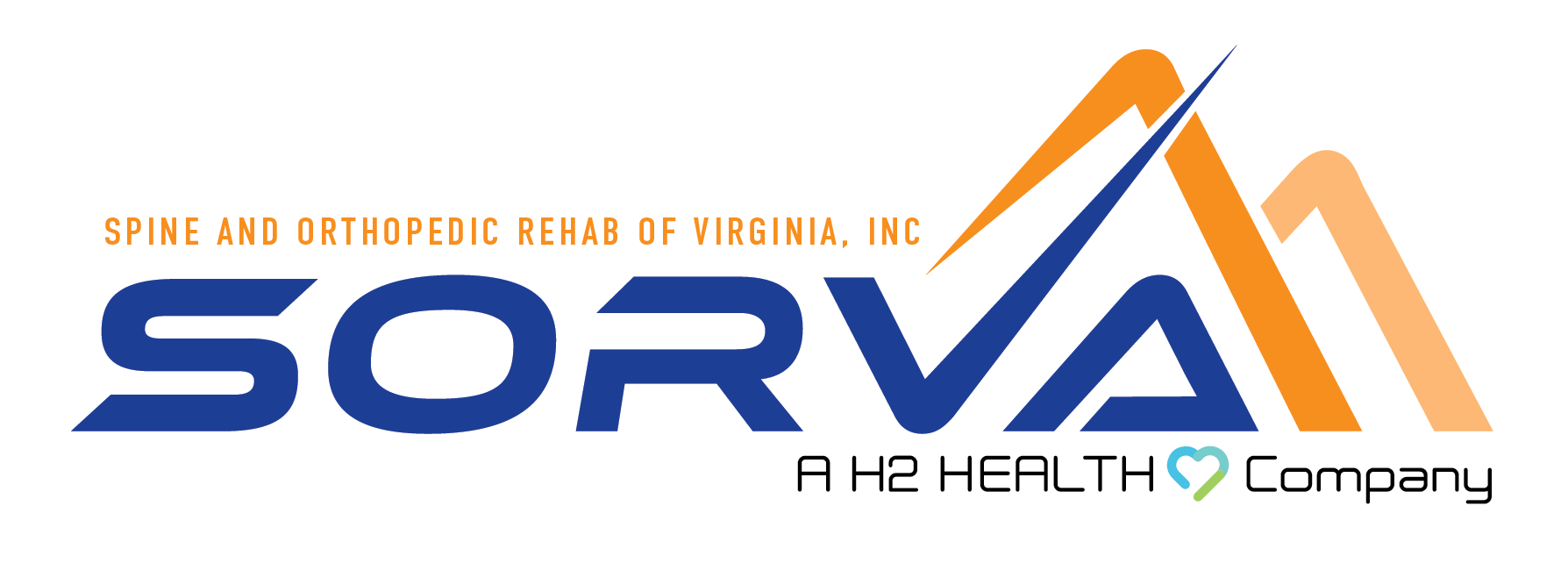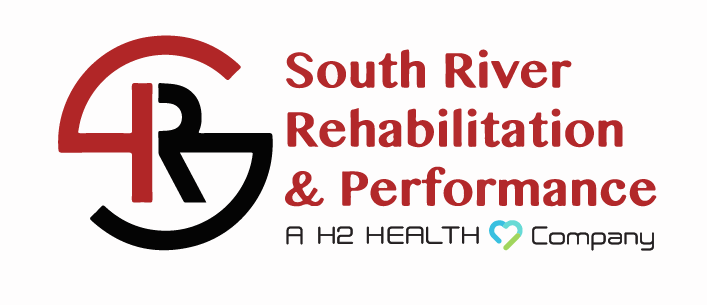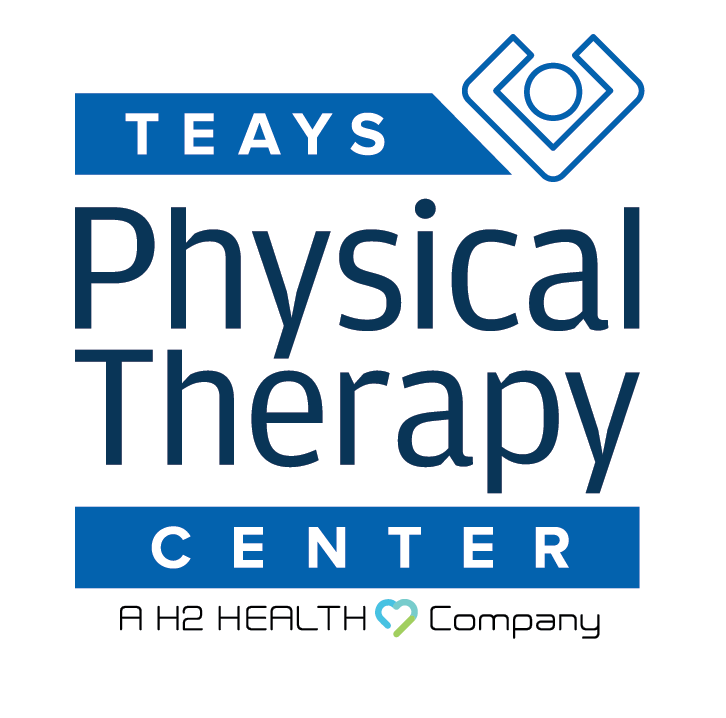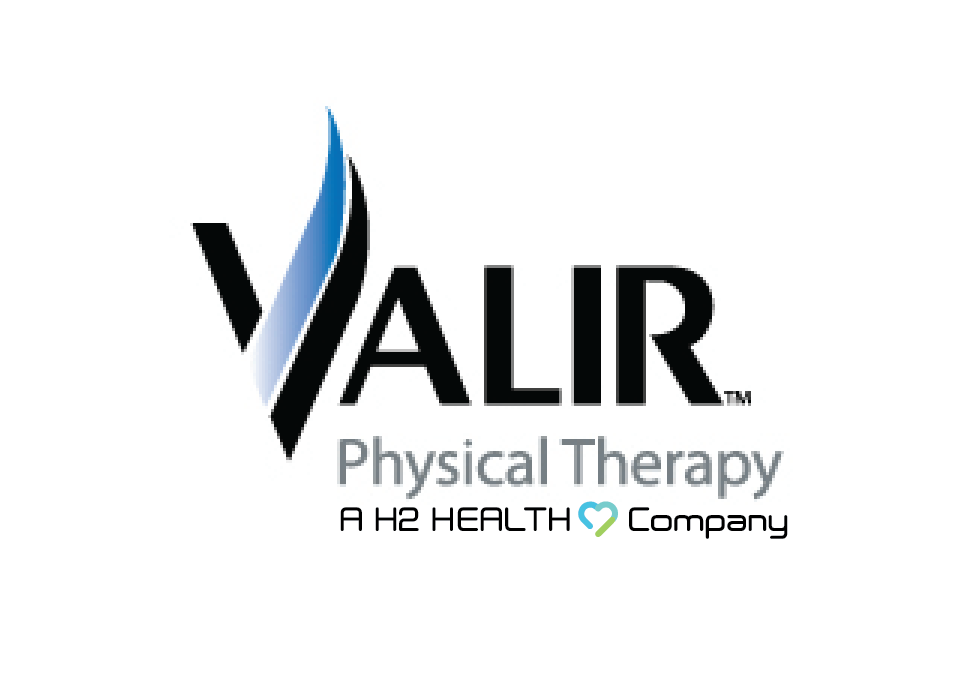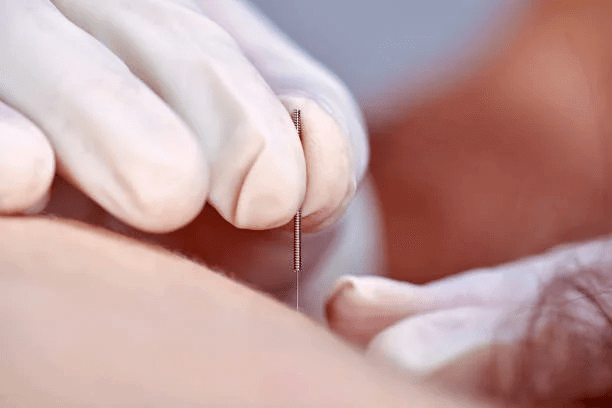
Dry needling is a safe, effective, minimally-invasive treatment that aims to accelerate healing, improve health, and allow individuals to return to an active lifestyle. The treatment is carried out by skilled physical therapists and uses fine needles to manipulate tight bands of tissue known as trigger points.
Dry needling is a therapeutic treatment that is used to treat underlying muscular trigger points in order to manage neuromusculoskeletal pain and movement problems. Trigger points are tight bands or knots of muscle fiber that can cause a number of problems including pain, localized tenderness, impaired function, a restricted range of motion, and referred pain. They can result from a range of factors including overuse, lack of use, or trauma to the tissue.
The treatment is referred to as “dry” needling because no medication or solution is used or injected into the body. The needle simply pierces the skin to target specific areas of tissue underneath.
How Does Dry Needling Work?
Dry needling involves inserting a hair-thin monofilament needle, similar to an acupuncture needle, into the trigger point. The needle is gently manipulated to help release the tissue and then removed after a short amount of time. The process may be repeated in trigger points located in other areas of the body.
When the dry needling is applied to a trigger point, it causes the knotted muscles to contract and then relax, helping to reduce pain and tightness and increase blood flow to the affected area to stimulate healing.
What Are The Benefits of Dry Needling?
Dry needling can offer a number of benefits to athletes, as well as individuals with injuries or health conditions. Because no medication or solution is injected into the skin, it has very few side effects and risks and can be a great alternative to treatments such as pain medication and surgery.
Faster Recovery
When dry needling is applied to an affected muscle, it helps to increase blood flow and speed up healing. It does this by releasing the buildup of metabolic waste chemicals, such as lactic acid, that may be inside the muscle tissue. Once the buildup has been released, it allows the oxygenated blood to flow to the targeted area, promoting healing and reducing the tightness and knotting in the muscle. This in turn helps to relieve pain and restore function, allowing you to return to your normal activities sooner.
Dry needling can help treat musculoskeletal tension, pain, and movement impairments and can be used to speed up the recovery of a variety of injuries. It can also help to relieve chronic pain associated with certain medical conditions, such as arthritis and fibromyalgia. Common injuries and conditions effectively treated by dry needling include:
- Neck pain
- Upper and lower back pain
- Tendonitis
- Iliotibial (IT) band syndrome
- Plantar fasciitis
- Rotator cuff injuries
- Tennis/golfer’s elbow injuries
- Muscle strains
- Nerve disorders
- Sciatica
- Temporomandibular joint (TMJ) disorder
Pain Relief Without Side Effects
Patients with trigger points often experience referred pain, which is pain experienced in different parts of the body, such as headaches, jaw pain, or neck pain. Dry needling can help to reduce these pain symptoms, minimizing the need for medication, which can have negative side effects. It may also prevent the need for more invasive types of treatment, such as surgery.
In many cases, dry needling is used to address pain and tightness in muscle tissue that is not easily manipulated manually through techniques, such as massage. It may be used in conjunction with other physical therapy treatments to get the maximum benefit, such as exercise, massage, and manual therapy. In some cases, dry needling may be carried out on trigger points that are not causing obvious pain (known as latent trigger points), but that could be vulnerable to problems if left untreated.
What Can I Expect At My Appointment?
In order to carry out dry needling effectively, your physical therapist will carry out a thorough assessment to evaluate problematic regions and areas of tightness. This allows the physical therapist to develop an accurate map of the locations to be targeted for treatment. Dry needling utilizes the fewest number of needles required to effectively treat affected muscles.
Some pain or discomfort may be experienced with the initial muscle contraction or twitch response, but this is usually minor. There may be some soreness following treatment, which should subside within a few hours.
Dry Needling in Over 135 Locations across the USA
If you would like to find out if dry needling could benefit your injury or condition, contact H2 Health. Our certified physical therapists are specially trained in dry needling and are experts in treating a range of conditions and movement disorders. We provide holistic, customized care to treat your condition and ease your symptoms effectively. To book a consultation or to learn more about dry needling or any of our other specialty services, call us at (800) 699-9395. Alternatively, you can contact one of our convenient locations.
